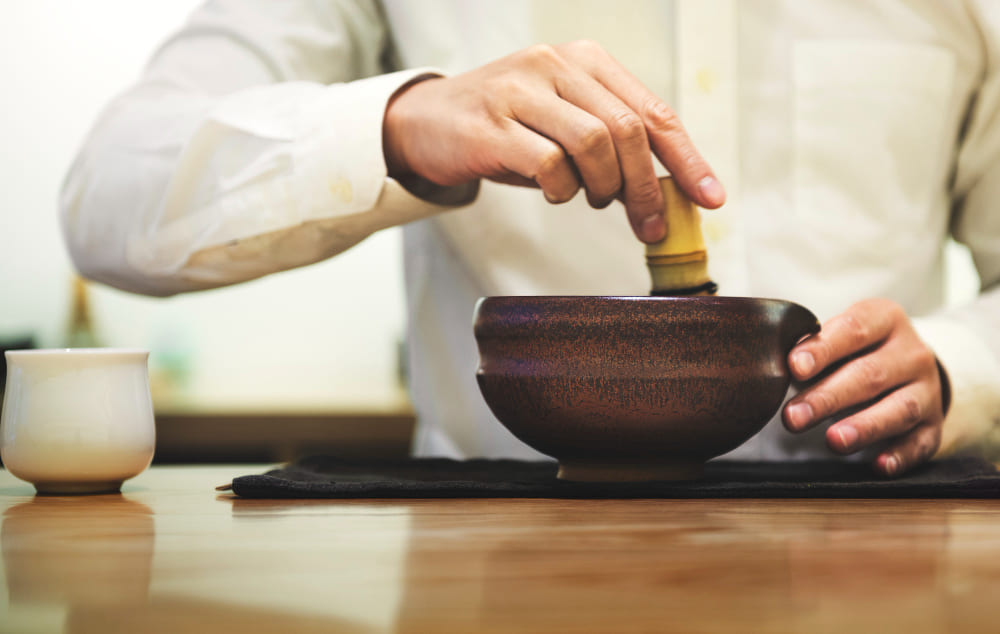Traditional Chinese Medicine (TCM) encompasses a rich tapestry of holistic healing practices deeply rooted in ancient philosophy and wisdom. Central to TCM is the Five Elements Theory, a fundamental concept that elucidates the interconnectedness of the universe and human health. In this article, we embark on a journey to unravel the mysteries of this ancient theory and its profound implications in understanding and treating ailments.
Introduction to Traditional Chinese Medicine (TCM)

TCM is a comprehensive system of medicine that has evolved over thousands of years, drawing from a myriad of sources including classical Chinese philosophy, cosmology, and empirical observations. Its holistic approach emphasizes the balance and harmony of the body, mind, and spirit to achieve optimal health and well-being.
The Five Elements Theory

At the heart of TCM lies the Five Elements Theory, also known as the Five Phases or Wu Xing. This ancient concept originated from observations of the natural world and postulates that the universe is governed by five elemental forces: Wood, Fire, Earth, Metal, and Water. Each element is associated with specific qualities, organs, emotions, and seasons, and their interactions shape the dynamic equilibrium of the cosmos.
Wood Element
The Wood element embodies the energy of growth, expansion, and renewal. It corresponds to the liver and gallbladder organs and is associated with attributes such as vision, planning, and assertiveness. Imbalance in the Wood element may manifest as anger, frustration, or rigidity.
Fire Element
Representing passion, warmth, and transformation, the Fire element governs the heart, small intestine, pericardium, and triple heater meridian. It is linked to joy, intimacy, and emotional depth. When in harmony, the Fire element fosters vitality and emotional fulfillment.
Earth Element
In TCM, the Earth element symbolizes stability, nurturing, and nourishment. It governs the spleen and stomach organs, which are essential for digestion and assimilation. Individuals with a balanced Earth element exhibit traits of empathy, compassion, and groundedness.
Metal Element
The Metal element embodies purity, strength, and clarity. It governs the lungs and large intestine and is associated with qualities such as discernment, integrity, and grief. Cultivating the Metal element fosters resilience, adaptability, and the ability to let go of the past.
Water Element
The Water element represents the essence of life, flowing with wisdom, depth, and adaptability. It governs the kidneys and bladder and is associated with qualities such as courage, willpower, and fear. Nurturing the Water element fosters a sense of inner strength, resilience, and the ability to navigate life’s challenges.
Application of Five Elements Theory in TCM Practices
In TCM diagnosis and treatment, practitioners assess the balance and interactions of the Five Elements within an individual’s constitution. Through techniques such as pulse diagnosis, tongue examination, and symptom analysis, imbalances are identified, and personalized treatment plans are devised to restore harmony and promote healing.
Balancing the Five Elements

Achieving equilibrium among the Five Elements is paramount for optimal health and vitality. Lifestyle modifications, dietary adjustments, herbal remedies, acupuncture, and qigong are among the modalities employed to harmonize the elemental energies and address underlying imbalances.
Modern Perspectives and Criticisms
While TCM, including the Five Elements Theory, continues to gain recognition and acceptance in mainstream healthcare, it also faces skepticism and criticism from some quarters. Integration with conventional medicine, scientific validation, and standardization of practices remain ongoing challenges.
Popular Misconceptions

Dispelling myths and misconceptions surrounding TCM is essential for fostering understanding and appreciation of its holistic approach to health and healing. Education and dialogue are key in bridging the gap between traditional wisdom and modern science.
Benefits of Incorporating Five Elements Theory
By embracing the Five Elements Theory, individuals can cultivate a deeper understanding of their physical, emotional, and spiritual well-being. This holistic framework offers profound insights into personal growth, self-awareness, and the interconnectedness of all life.
Conclusion
In conclusion, the Five Elements Theory in Traditional Chinese Medicine provides a profound lens through which to view the intricate interplay of energies within the human body and the natural world. By honoring the principles of balance, harmony, and transformation, we can embark on a journey of healing and self-discovery that transcends boundaries and connects us to the essence of life itself.